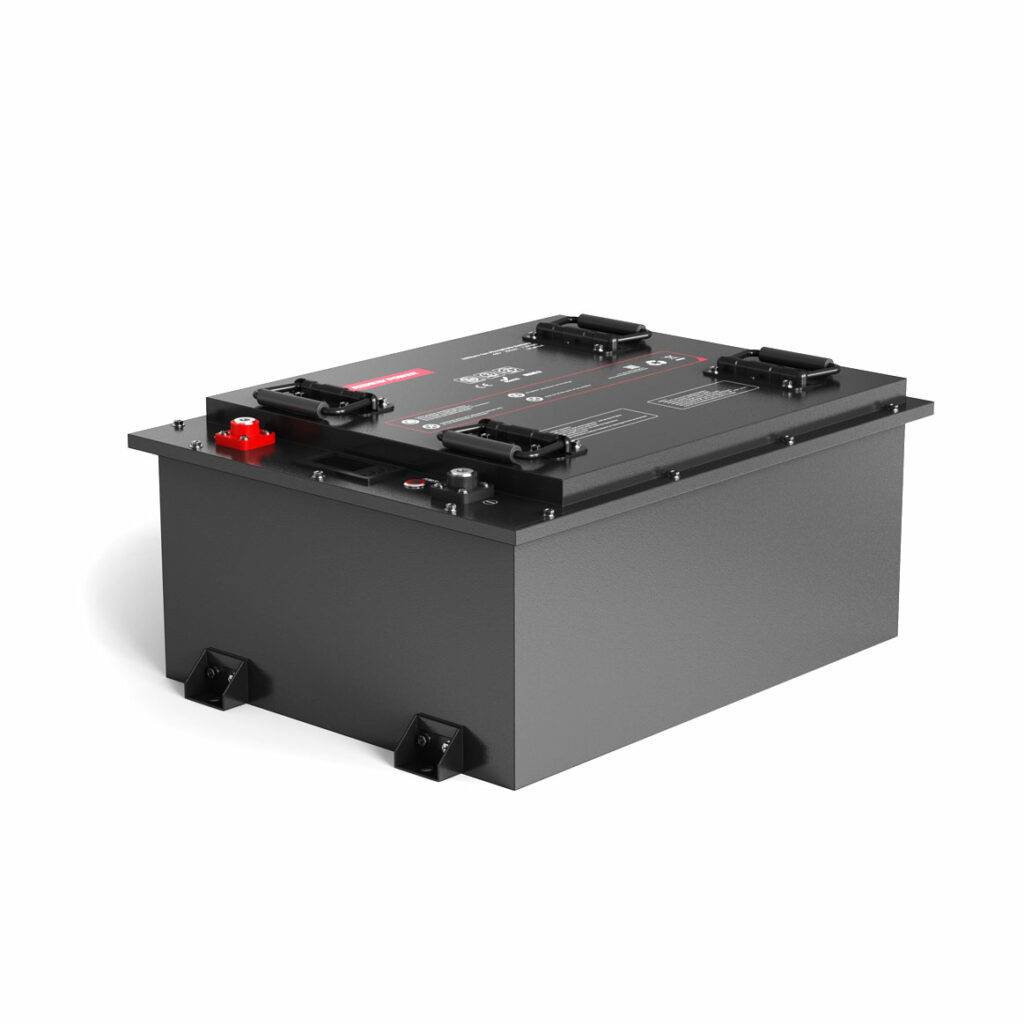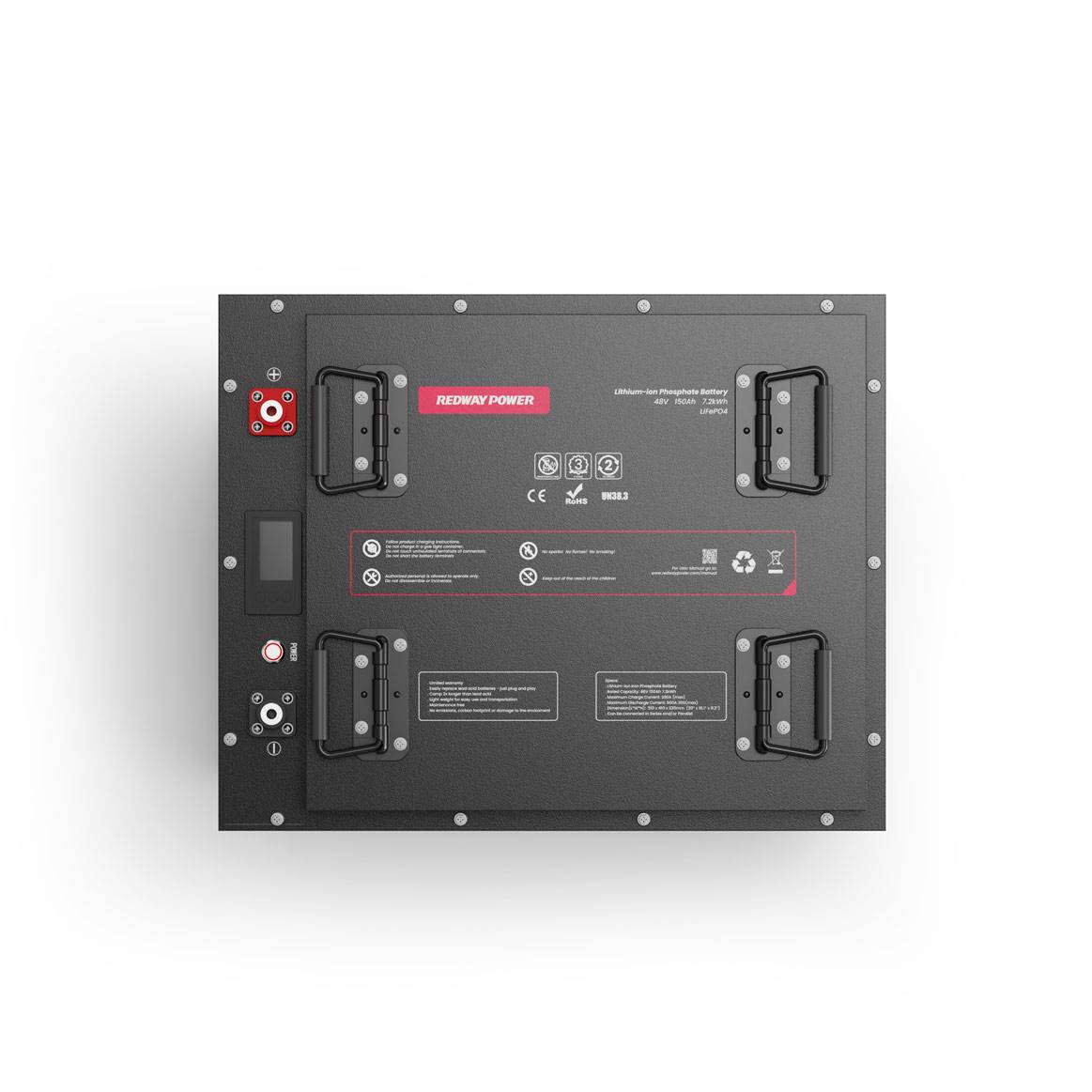Lithium-ion batteries are widely used in various applications, including electric vehicles, energy storage systems, and portable electronics. To maximize their power and capacity, it’s important to understand how to connect lithium-ion batteries in series vs parallel. In this guide, we’ll explore the benefits and drawbacks of each configuration, share real-world examples, and offer tips for maximizing battery performance.

#post_seo_title
Benefits and Drawbacks of Connecting Lithium-ion Batteries in Series vs Parallel
Connecting lithium-ion batteries in series increases the voltage output while keeping the same overall capacity. This is beneficial for applications that require a high voltage, such as electric vehicles. For example, if two 12V lithium-ion batteries are connected in series, the total voltage output would be 24V. However, connecting batteries in series can also be risky if not done properly. If one battery in the series fails, it can cause the entire series to fail, resulting in a loss of power.
On the other hand, connecting lithium-ion batteries in parallel increases the capacity while keeping the same overall voltage. This is beneficial for applications that require a longer run time, such as energy storage systems. For example, if two 12V lithium-ion batteries are connected in parallel, the total capacity would be 24Ah. However, connecting batteries in parallel can also be risky if not done properly. If one battery in the parallel configuration fails, it can cause the other batteries to overheat and potentially catch fire.
Real-World Examples of Connecting Lithium-ion Batteries in Series vs Parallel
Electric vehicles are a common example of how lithium-ion batteries are connected in series to increase voltage output. For example, the Tesla Model S uses thousands of lithium-ion battery cells that are connected in series to achieve a high voltage output of 400V or more. This allows the vehicle to travel long distances on a single charge.
Energy storage systems are another example of how lithium-ion batteries are connected in parallel to increase capacity. For example, Redway Power, a custom lithium-ion battery OEM manufacturer, offers lithium iron phosphate battery packs that can be connected in parallel to achieve a higher capacity. These battery packs are commonly used in backup power systems for homes and businesses, as well as in off-grid solar installations.
Tips for Maximizing Lithium-ion Battery Performance
To maximize the performance of lithium-ion batteries in series or parallel configurations, it’s important to use high-quality batteries and proper wiring techniques. When connecting batteries in series, it’s important to use batteries with the same voltage and capacity to ensure that they charge and discharge evenly. It’s also important to use appropriate wiring and safety measures to prevent damage or injury.
When connecting batteries in parallel, it’s important to use batteries with the same voltage and chemistry to ensure that they charge and discharge evenly. It’s also important to use appropriate wiring and safety measures to prevent overloading and overheating.
Conclusion
Connecting lithium-ion batteries in series vs parallel can have a significant impact on their power and capacity. By understanding the benefits and drawbacks of each configuration, and by following best practices for wiring and safety, you can maximize the performance and longevity of your lithium-ion battery-powered projects. With the help of custom lithium-ion battery OEM manufacturers like Redway Power, you can find the right battery packs for your specific needs and achieve the best results possible.


